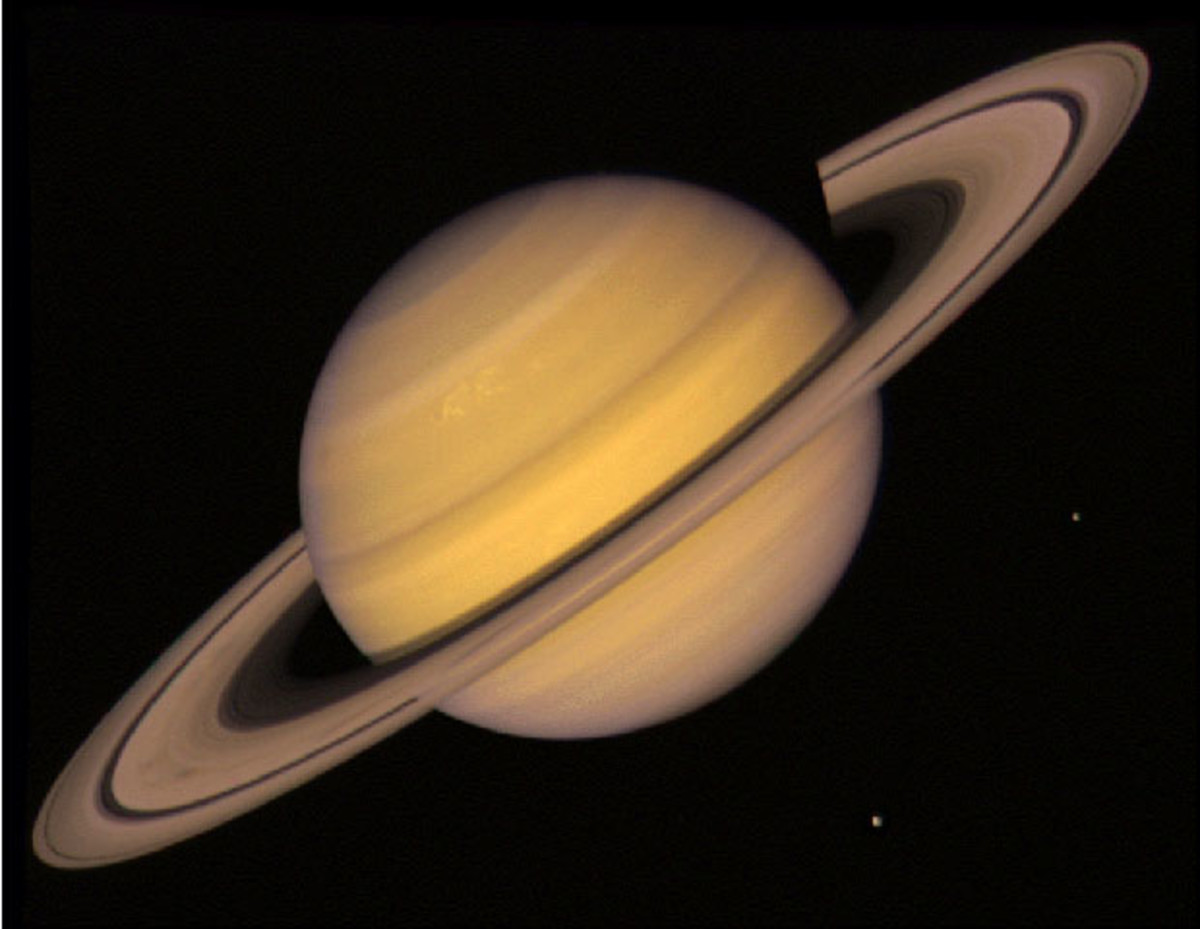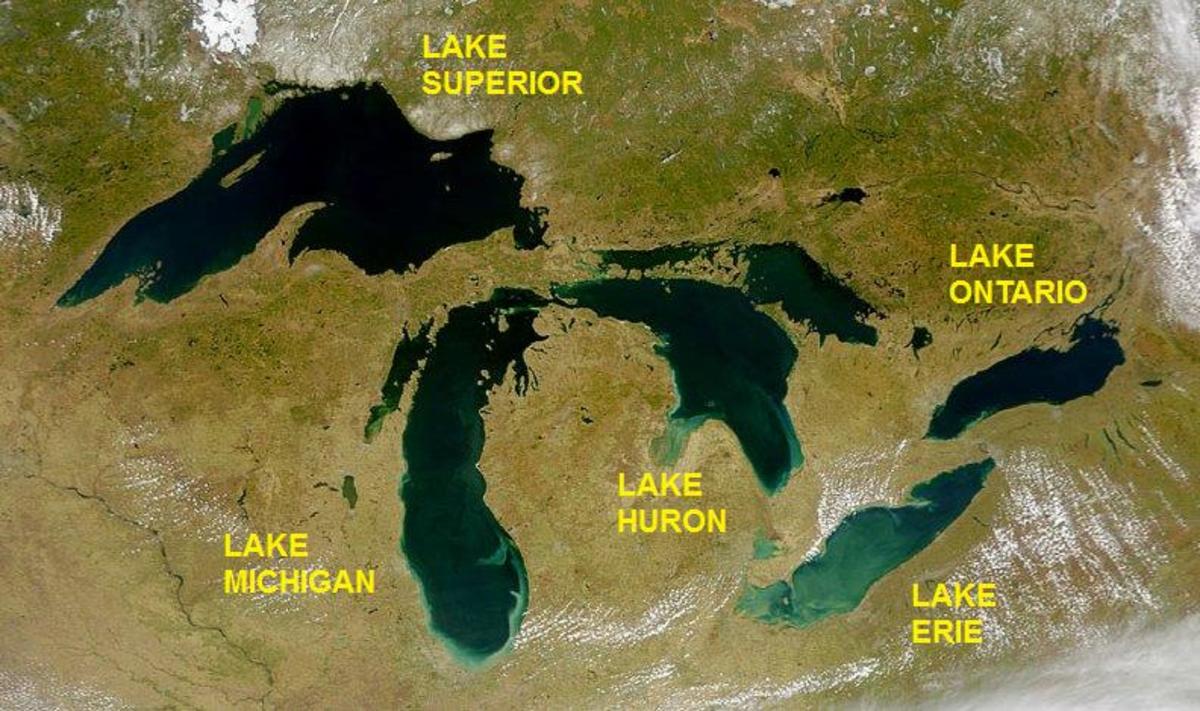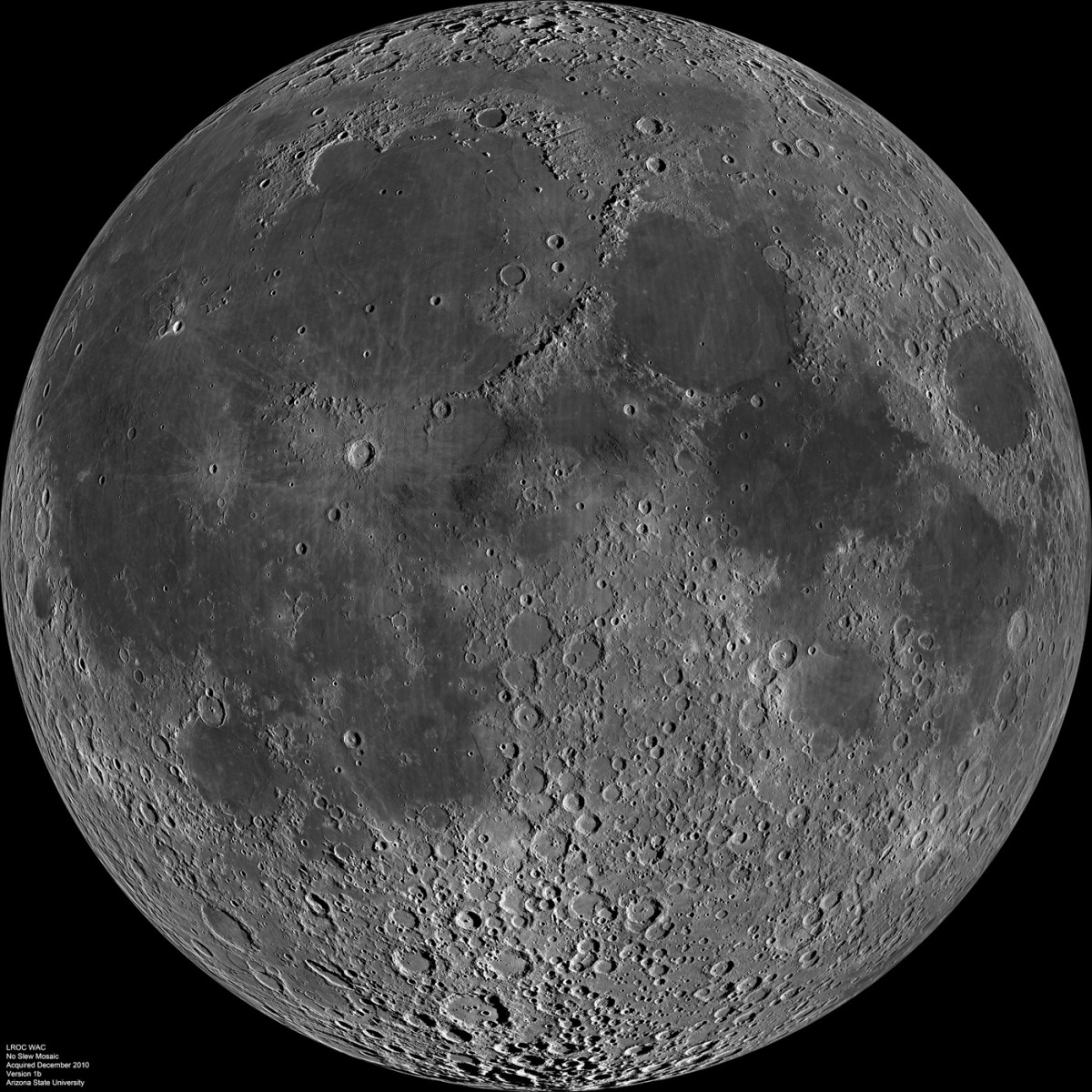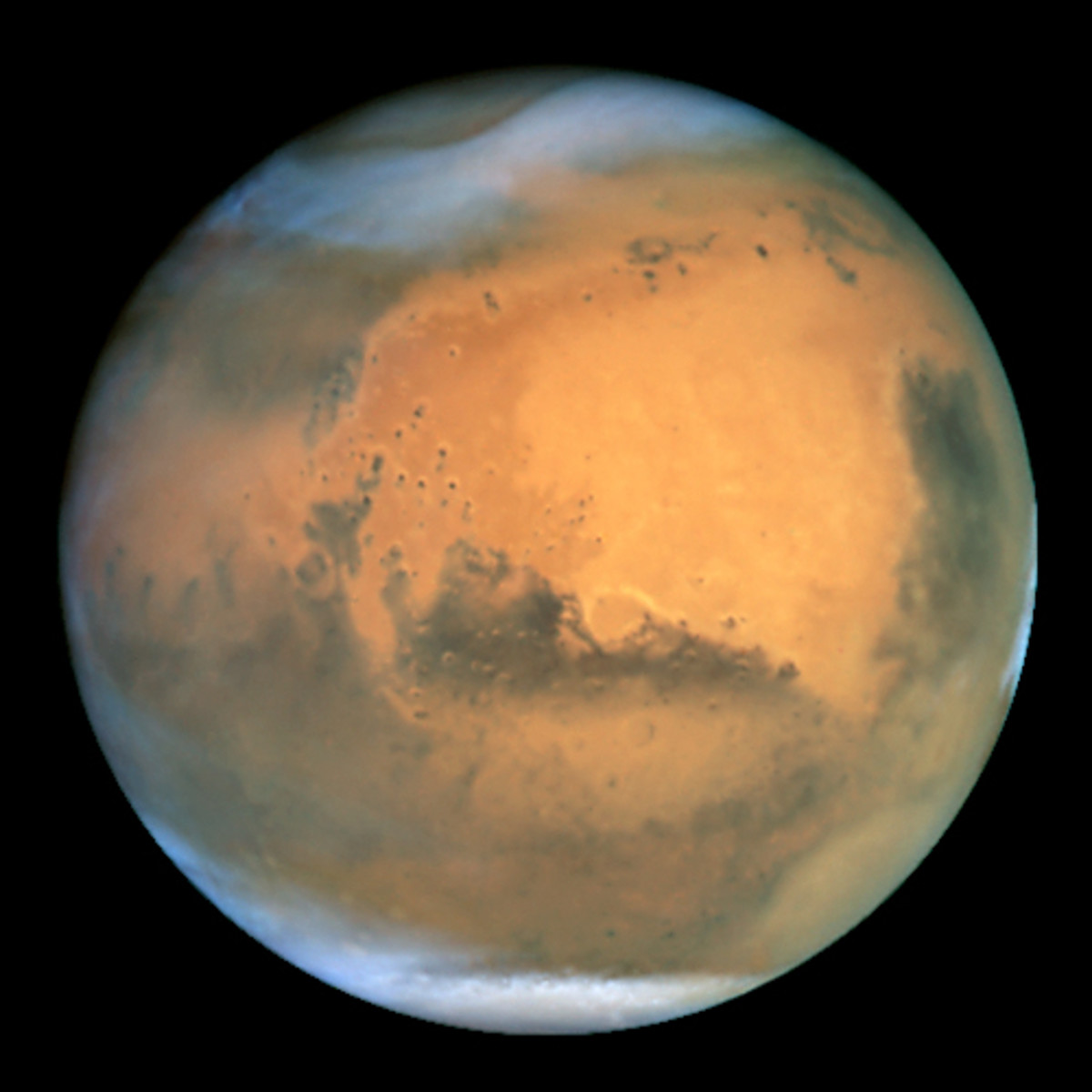Lakes of Titan
Brian Cox on Titan, moon of Saturn
Titan
Firstly if you have just come to this hub and you know nothing about Titan as a Satellite, then please check out this hub first
Following on from that we are going to discuss the most striking and interesting feature of Titan it's lakes and seas. As you already know it is the only planetary body in the solar system other than Earth which has stable bodies of liquid, which makes it a fascinating place to study.
A brief History of Titan
Titan has been visited by Voyager 1 and 2, looked at by Hubble and by the Cassini probe. Now each of these told us something about the planet. The Voyagers initial looks showed us that the composition of the atmosphere, hydrocarbons, and the temperature allow them to be in their liquid state and hence a possibility that their may be hydrocarbon seas at the surface, but this was purely speculation based upon data.
Hubble was turned to Titan in 1994/5 and mapped the surface at differing wavelengths. Data from this, allowed more detailed hypotheses regarding hydrocarbon lakes at the surface.
This idea was not confirmed until the Cassini Probe in 2007 when data was presented which confirmed beyond doubt that lakes exist, look at the photo opposite which clearly shows the formation of the lakes. The images produced by Casisni clearly show lakes varying in size from 100m across to 100,000km2 It also shows channel like features similar to this found in fluvial systems here on Earth.
The Lakes on Titan
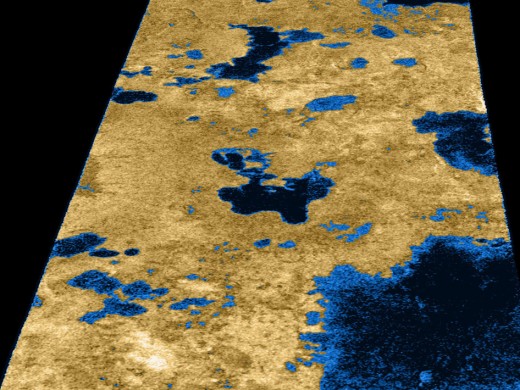
Composition of Titans lakes
The exact composition of the lakes and seas at present unknown, it is likely that it varies across the satellite. However a computer model which was created by Daniel Cordier at the University of Rennesn suggests that they have the approximate composition as follows
-
80% Ethane
-
10% Methane
-
7% Propane
-
2% other Elements and compounds including Nitrogen, Butane, Argon and Hydrogen Cyanide.
One oddity about these bodies is that no waves have been observed, and with the planetary winds which are in excess of 1m/s they should be fast enough to cause waves. This fact then points to the fact that more complex hydrocarbons are present and create a much more viscus lake than was initially expected.
Formation of Lakes by percipitation
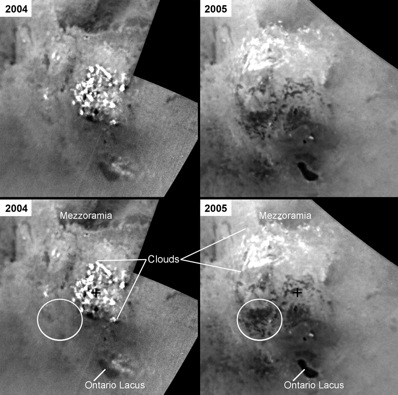
Formation of the Lakes of Titan
Current data is not detailed enough to make a accurate assessment of how the lakes are formed and maintained, however it is likely a mixture of cryovolconism, rainfall, and replenishing from underground sources and possibly the liquid layer are likely candidates.
Rainfall is likely too contribute mainly Ethane and heavier elements as Methane is likely to evaporate before it reaches the surface or very soon upon reaching it, this should mean that a constant dilution of lighter elements, however it is believed that this does not happen, this is most likely due to Methane being added from underground sources possibly through ice diapers and this would also help account for the fact that the Methane in the atmosphere has not all been converted by ultraviolet light from the sun. The last but by no means least process is cryovoloconism, which most likely erupts Methane which then showers down onto the surface and into the lakes. This can be thought of as a cycle which is shown in the picture below.
Conclusion
Bodies of water are now beyond doubt, but their composition and how they are produced is still up for debate this article just gives you an idea of the current thinking. One important aspect of this is that Titan could potentially support life not carbon based life forms but methanogenic life which would likely be water based. However this deserves an article to itself and I will write one in due course.


